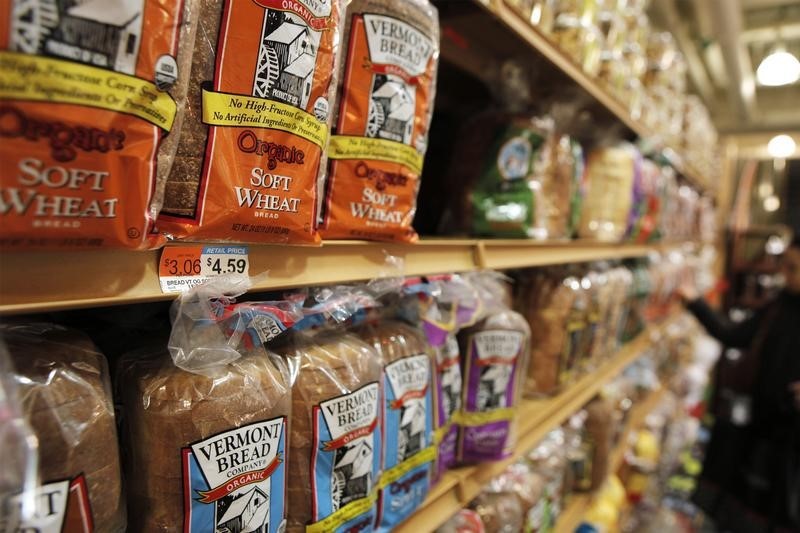Gold prices set for weekly gains on dovish Fed outlook; silver near record high
By Geoffrey Smith
Investing.com -- The U.S. economy grew faster than first thought in the summer, as strong consumer spending offset the drag from a rundown of corporate inventories.
Gross domestic product rose at an annualized pace of 2.9%, rather than the originally reported 2.6%, the Bureau of Economic Analysis said on Wednesday. Economists had forecast a smaller upward revision of only 0.1 percentage point to 2.7%.
The BEA said real consumer spending, which rose an annualized 1.7%, was the biggest factor behind the revision, along with non-residential private investment. The figures also got a lift from a fall in imports, as U.S. retailers frantically dialed back their orders, having failed to see the looming slowdown caused by the highest inflation in 40 years.
Inflation was also slightly stronger than first reported in the three months of summer. The BEA said that price for core personal consumer expenditures - which more closely reflects the actual spending patterns of consumers than the headline consumer price index - was revised up to 4.6% from 4.5%.
The CPI had run at around twice that level during the summer, due not least to soaring energy prices caused by Russia's invasion of Ukraine. One way or another, high inflation forced Americans to run down the savings that they had accumulated during the pandemic at a much quicker rate than earlier in the year. The BEA said the savings rate - defined as savings as a percentage of disposable personal income - was only 2.8% in the third quarter.
The savings rate had spiked during the pandemic to an unheard-of 17%, before unwinding as the economy reopened and allowed consumers to spend forced savings. A year ago, it had still been at 9.1% of disposable income, but it has slowed sharply in each of the four quarters since then.
Greg Daco, chief economist with EY, tweeted that the figures showed the U.S. economy still "on a solid footing" in the third quarter, but with "increasing evidence of a slowdown (in) employment, softening consumer spending & more hesitant business investment" along with a well-documented plunge in housing activity.
"The turn of the year will prove very delicate," Daco added.
More up-to-date data released earlier Wednesday suggest that the slowdown has carried on into the fourth quarter. Payrolls processor ADP said private-sector job creation slowed to only 127,000 in the month through mid-November, barely half of October's figure. Mortgage applications, meanwhile, fell for the 12th week out of the last 13.
The Labor Department will release its monthly survey on Job Openings and Labor Turnover for October at 10:00 ET (15:00 GMT).
